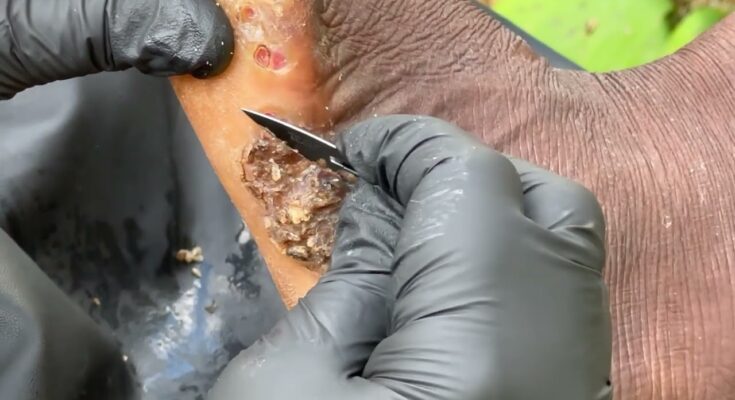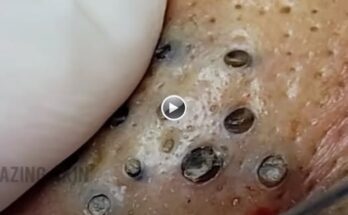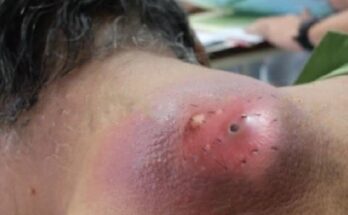Jigger Digging Can Affect Human Skin: Understanding Tungiasis and Its Impact
Jigger digging refers to the manual removal of jiggers—tiny parasitic fleas scientifically known as Tunga penetrans—from human skin. These fleas burrow into the skin, causing a painful condition called tungiasis. While jigger removal is often necessary, the infestation itself and the digging process can significantly affect human skin, especially when done without proper medical care.
🦟 What Are Jiggers?
Jiggers, also known as sand fleas or chigoe fleas, are microscopic parasites found in sandy, dry environments. The adult female flea burrows into the skin—most commonly on the feet—to feed and lay eggs. Once embedded, the flea causes:
- White circular lesions with a black dot in the center
- Intense itching and pain
- Swelling and inflammation
- Ulceration and secondary infections
Though the feet are most commonly affected, jiggers can burrow into any part of the body that comes into contact with infested soil.
🧼 How Jigger Digging Affects the Skin
Jigger digging is the process of manually extracting the embedded fleas. In many rural communities, this is done using improvised tools like pins, thorns, or needles. When performed without proper hygiene or medical supervision, jigger digging can lead to:
- Skin trauma and bleeding
- Bacterial infections
- Scarring and pigmentation changes
- Increased risk of tetanus or gangrene
- Chronic wounds and disability in severe cases
Even when done correctly, the process is painful and requires careful aftercare to prevent complications.
💔 Social and Emotional Impact
Jigger infestation is often associated with poverty and poor sanitation. Victims—especially children and the elderly—may suffer from:
- Social stigma and isolation
- School absenteeism
- Emotional distress and shame
- Misconceptions linking jiggers to curses or poor hygiene
These factors can delay treatment and worsen the condition over time.
🩺 Medical Treatment and Prevention
According to the Cleveland Clinic and WHO, proper treatment includes:
- Sterile removal of the flea and egg sac
- Cleaning the wound with antiseptic
- Applying antibiotic ointment and sterile dressings
- Pain management and tetanus vaccination if needed
- In severe cases, surgical intervention may be required
Prevention strategies include:
- Wearing closed shoes
- Improving sanitation and flooring
- Controlling flea-carrying animals
- Educating communities about hygiene and early detection



